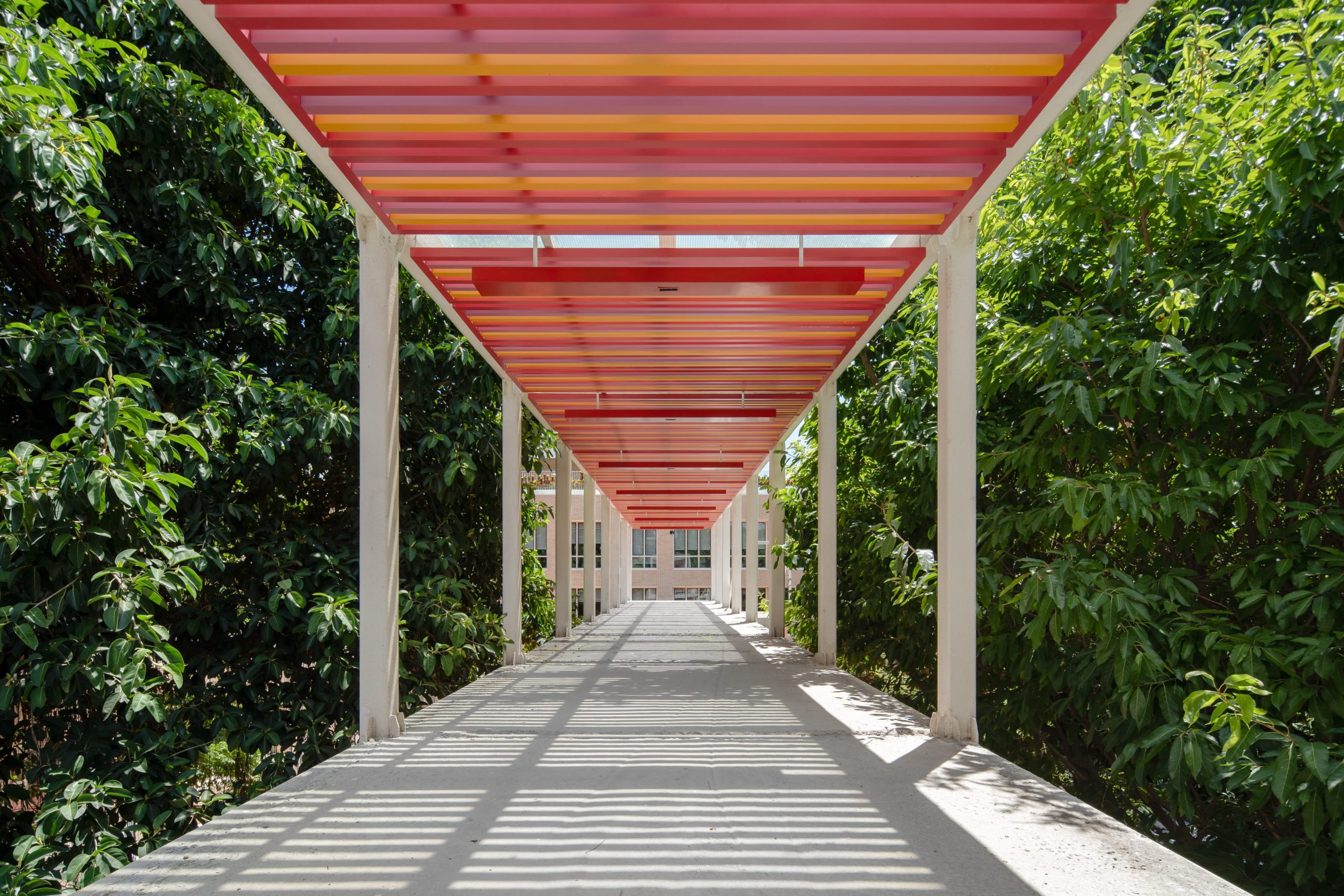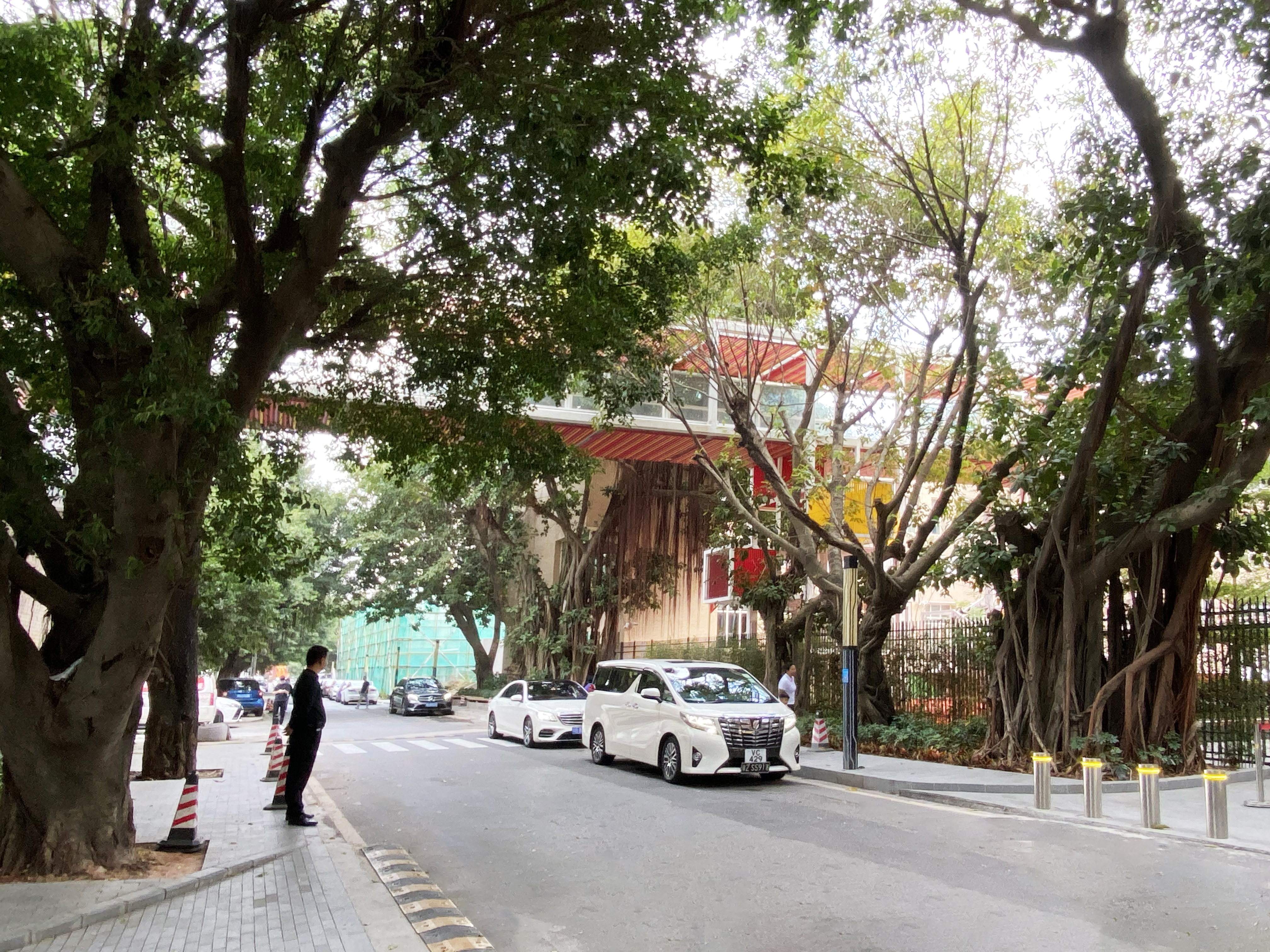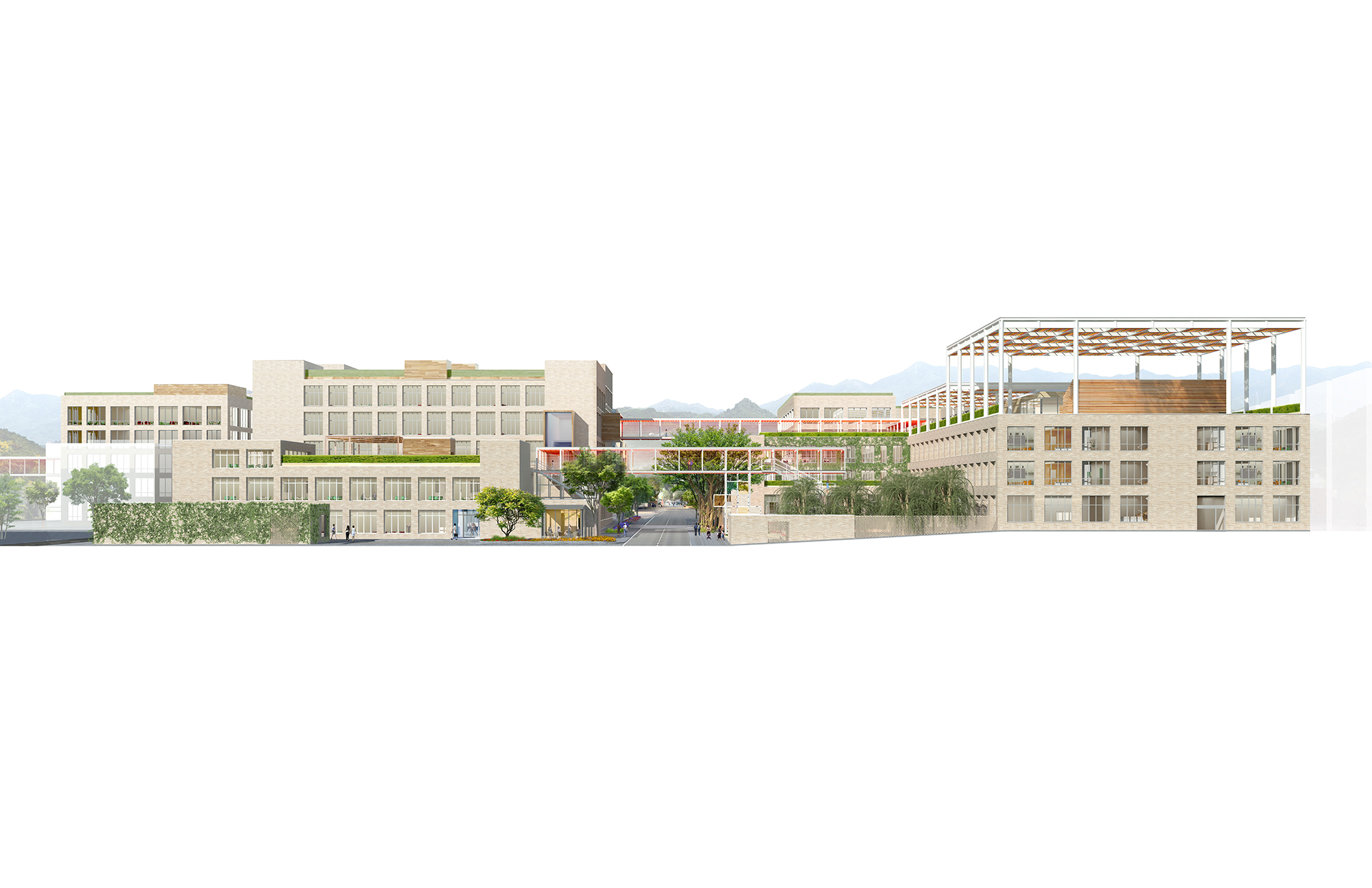 Image © Efficiency Lab for Architecture
Image © Efficiency Lab for ArchitectureAvenues Shenzhen Campus is an Adaptive Reuse Master Plan located in the Tanglang Industrial Zone, one of the few remaining underdeveloped areas of Nanshan District in Shenzhen. The campus is designed for Nursery through 12th grades for up to 1,600 students. The final build-out floor area of the campus is approximately 300,000 gsf.
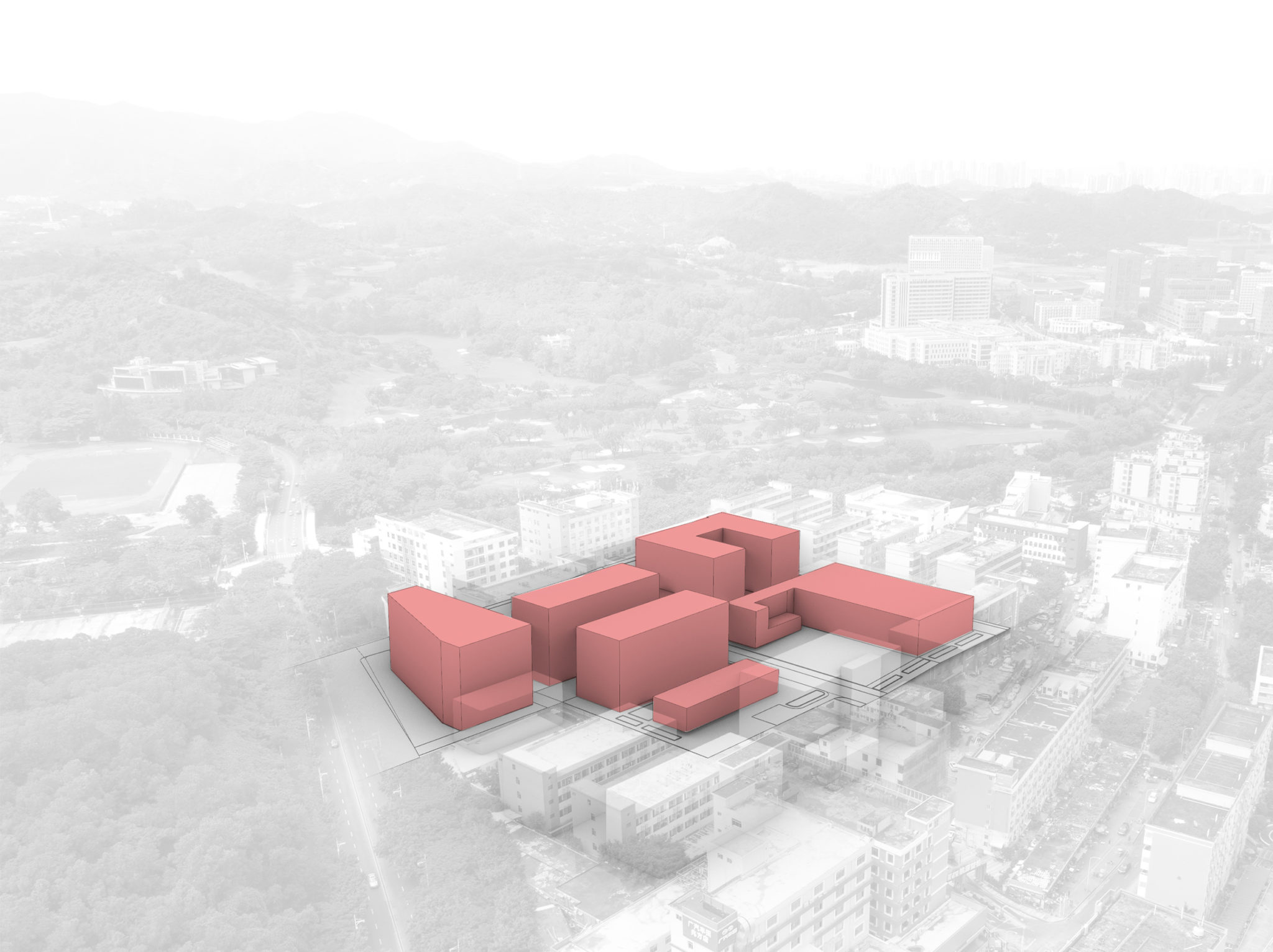 Image © Efficiency Lab for Architecture
Image © Efficiency Lab for Architecture Image © Efficiency Lab for Architecture
Image © Efficiency Lab for Architecture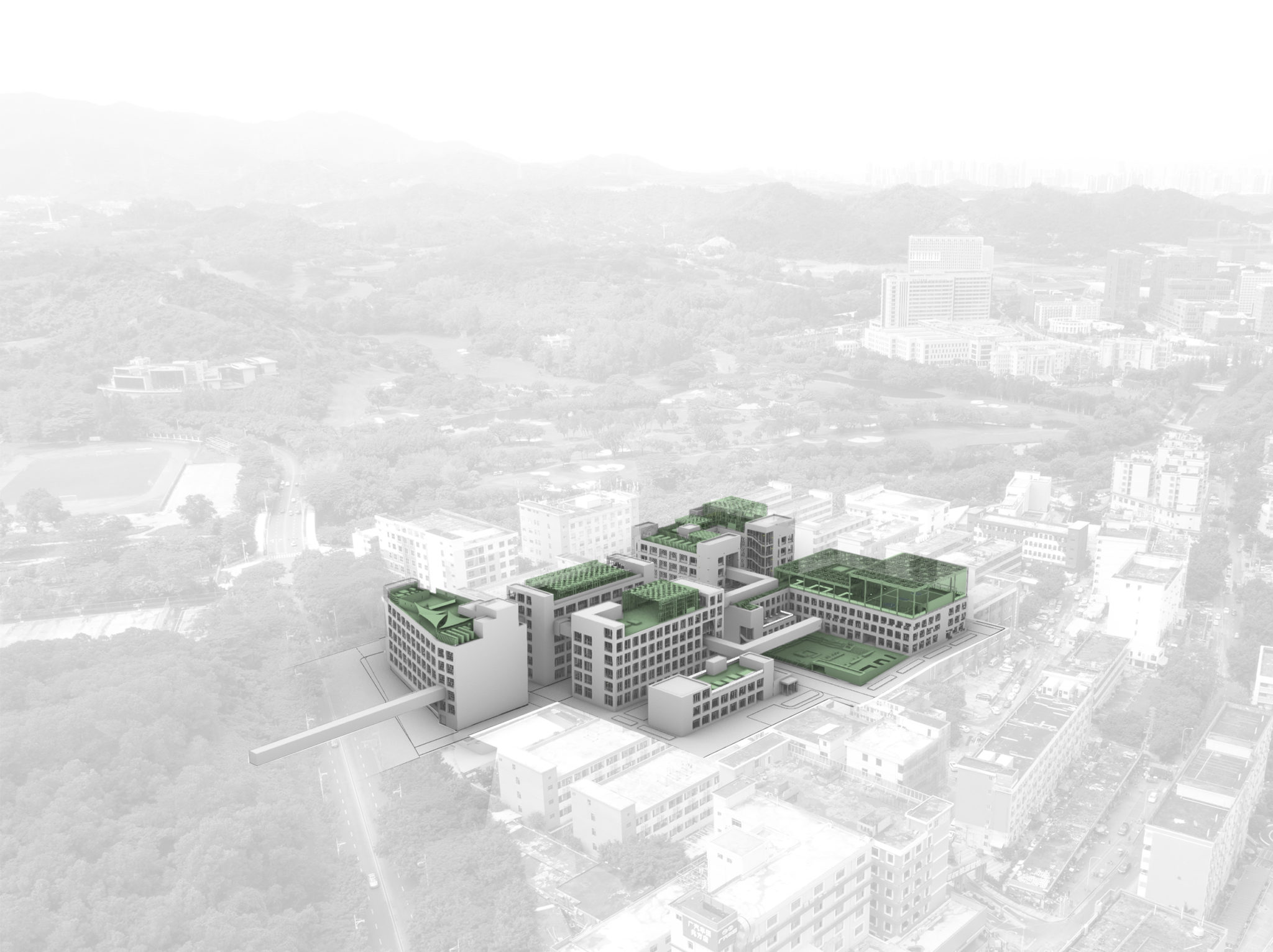 Image © Efficiency Lab for Architecture
Image © Efficiency Lab for Architecture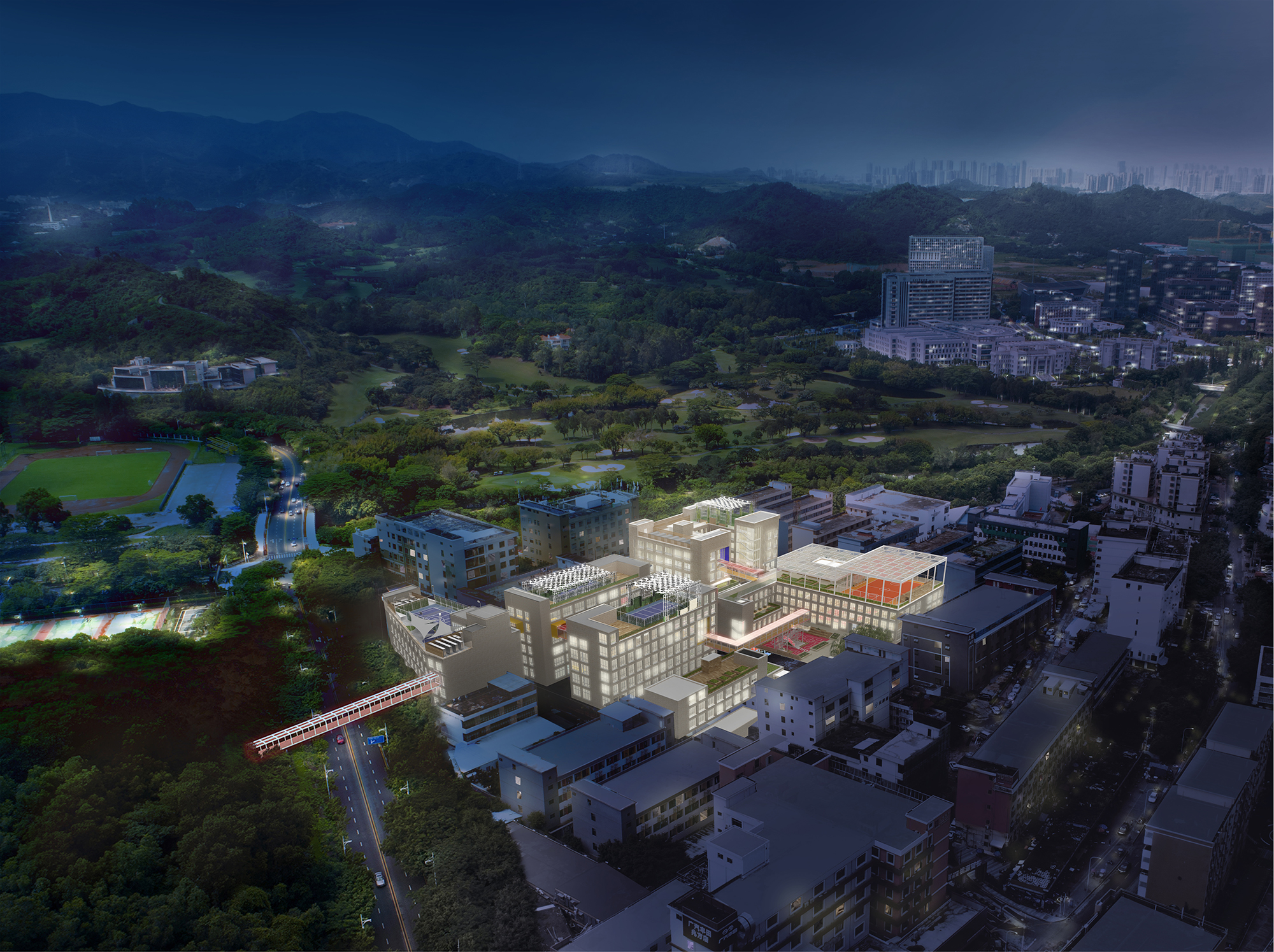 Image © Efficiency Lab for Architecture
Image © Efficiency Lab for ArchitectureThe Tanglang area has been slated for redevelopment as an education and research zone capitalizing on synergies with neighboring institutions – Southern Science University and Shenzhen University. The project envisions a place of learning with welcoming, safe, and sustainable green spaces, integrated to the urban context.
Seven existing buildings of the Urban Village is allocated for the Avenues Shenzhen Campus.
A network of bridges is envisioned to weave through the seven existing buildings, that allows for:
- a safe elevated campus-walk within the dense urban context,
- programmatic continuity and spatial flexibility across different buildings,
- easier connections to the lower roofscapes that gets activated as outdoor learning-spaces,
- an urban connection to the Shenzhen University Park across the campus
Accessible horizontal surfaces such as roof terraces are valuable assets in urban campuses. Avenues Shenzhen Masterplan re-purposes all the existing roofs and courtyards into playgrounds, sports-courts, recreational areas, and outdoor learning pods. These outdoor spaces are carefully designed with integrated landscaping, canopies, shading devices, and passive & active strategies to increase air flow and cross ventilation, improving outdoor thermal comfort for the students during Shenzhen’s hot and humid days.
The overall vision of the masterplan creates an Avenues World School in Shenzhen integrated to its local urban context.
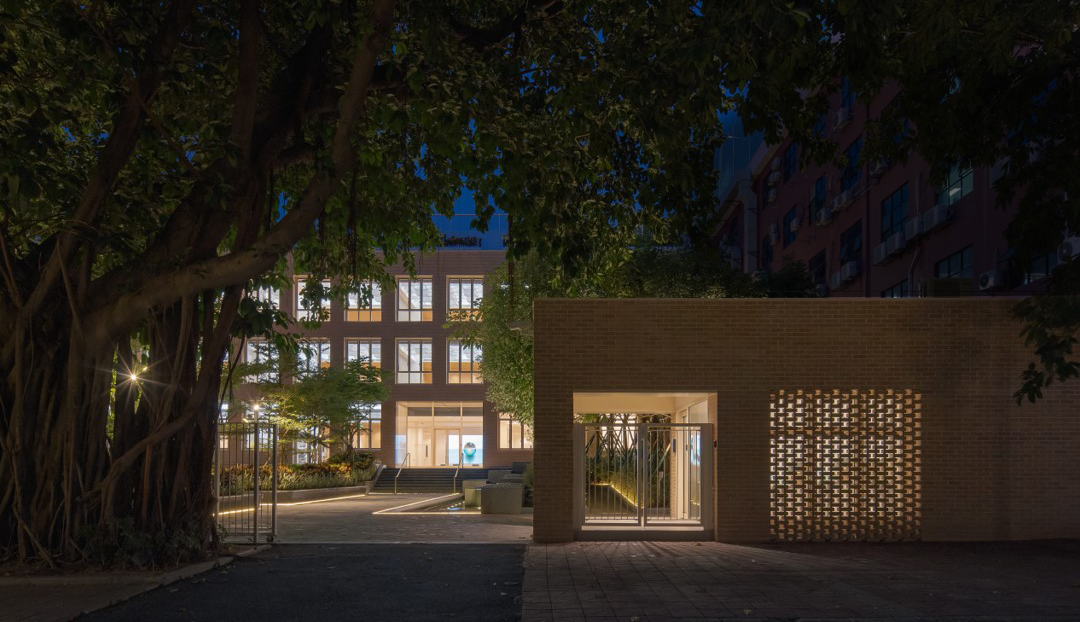 Photo © Zheng Chao
Photo © Zheng Chao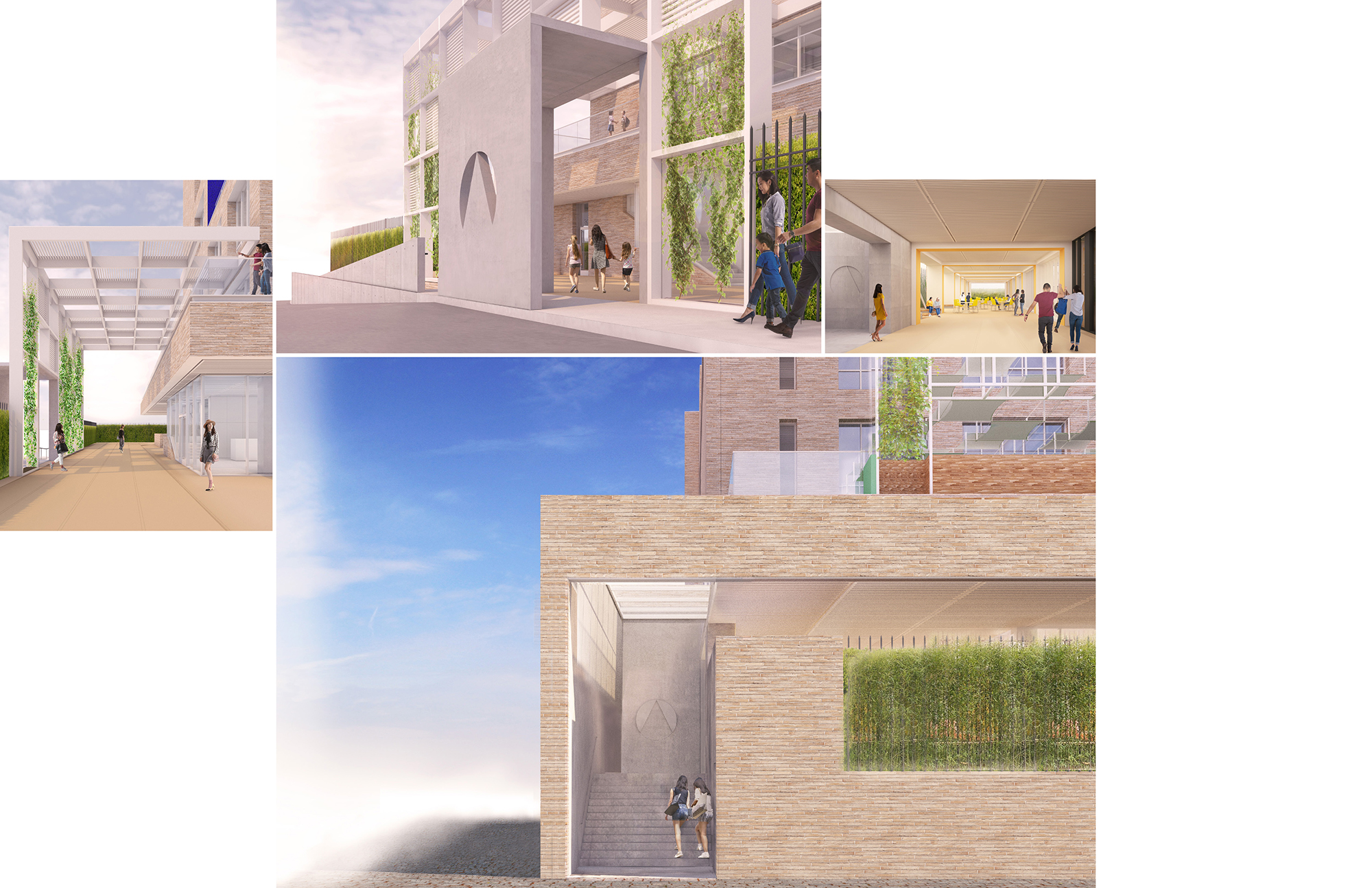 Image © Efficiency Lab for Architecture
Image © Efficiency Lab for ArchitectureAt street level, Entry Portals are located at strategic locations as recognizable entry points into the campus. The use of the Entry Portals, as conspicuous visual markers across the campus, gives a clarity of direction for the Avenues Community, as well as they act as welcoming place makers for the neighborhood.
The portals are designed in both steorotomic form, carved within the masonry and concrete walls, as well as in tectonic form, airy light-weight steel structures, all creating experiential entries into the campus.
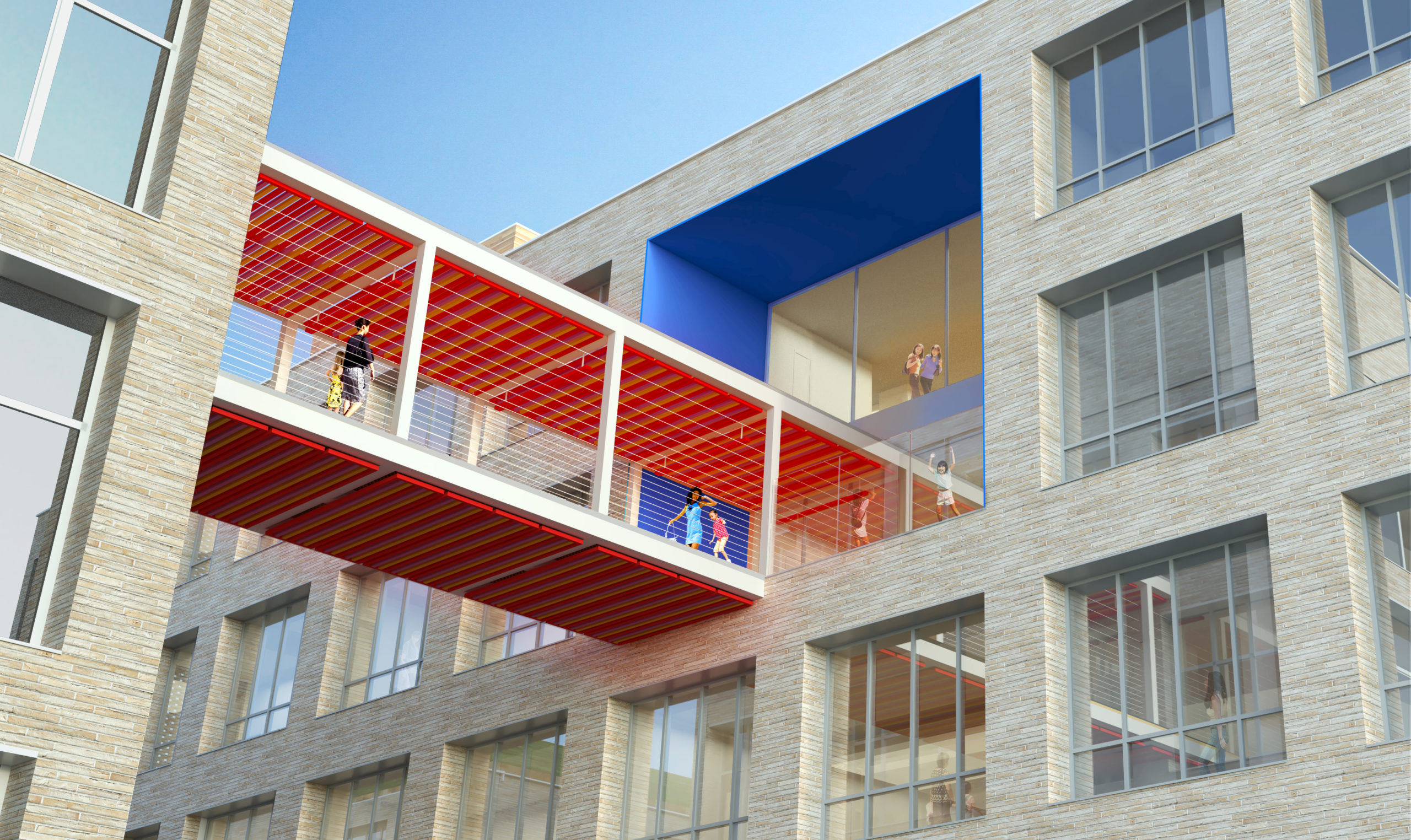 Image © Efficiency Lab for Architecture
Image © Efficiency Lab for Architecture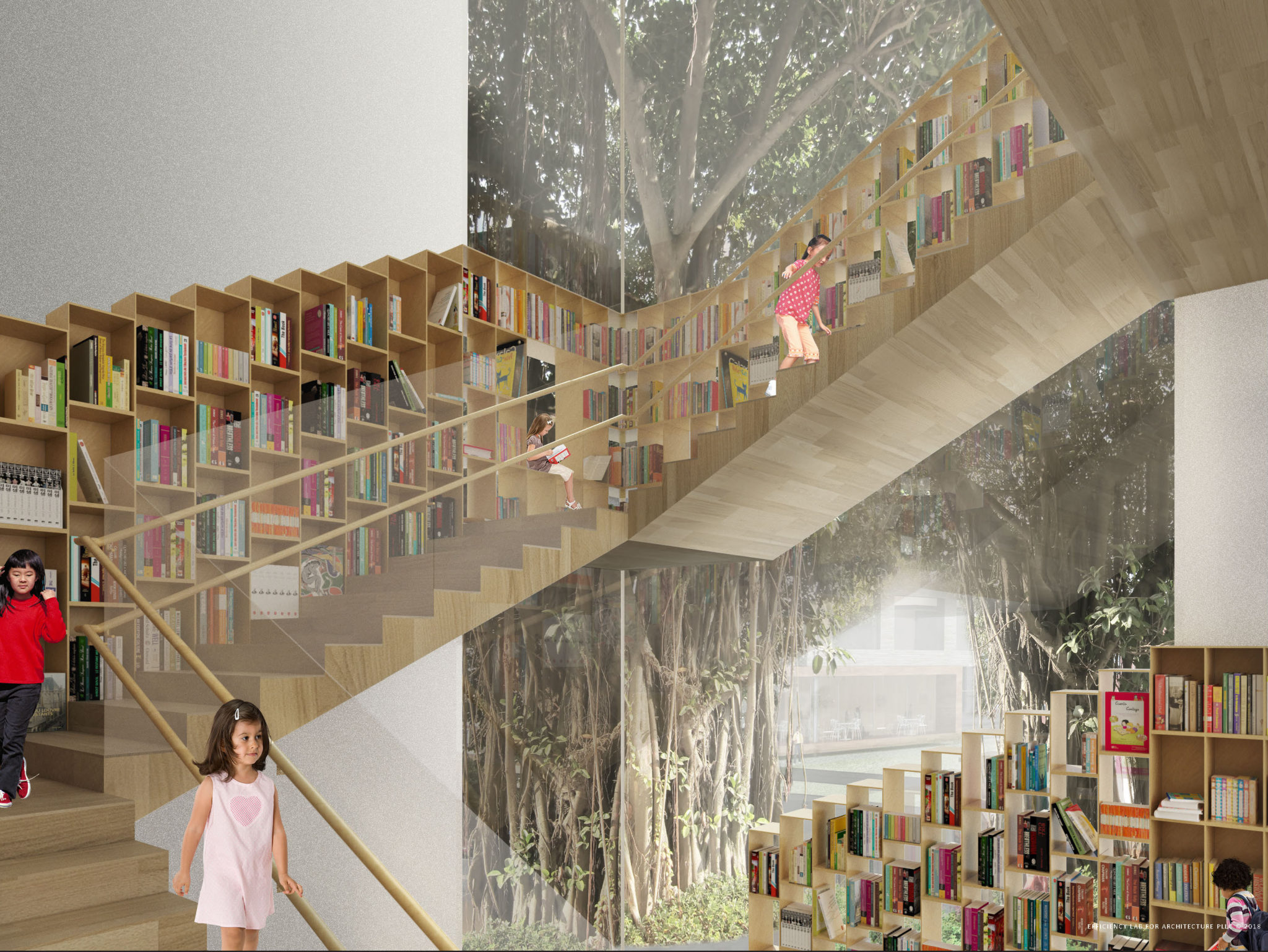 Image © Efficiency Lab for Architecture
Image © Efficiency Lab for ArchitectureAs bridges weave through the buildings of the campus, they create elevated ground planes and sky-entrances into the buildings.
As the bridges connect the campus buildings, they also weave in-between the existing Banyan trees on site, offering exciting vantage points through the tree canopies.
The existing buildings are transformed to bring the experience of the Banyan trees into the spaces. The library stair in the Early Learning Center Building becomes a focal point, allowing students to appreciate the intricate root structure of the tree, nurturing empathy towards nature.
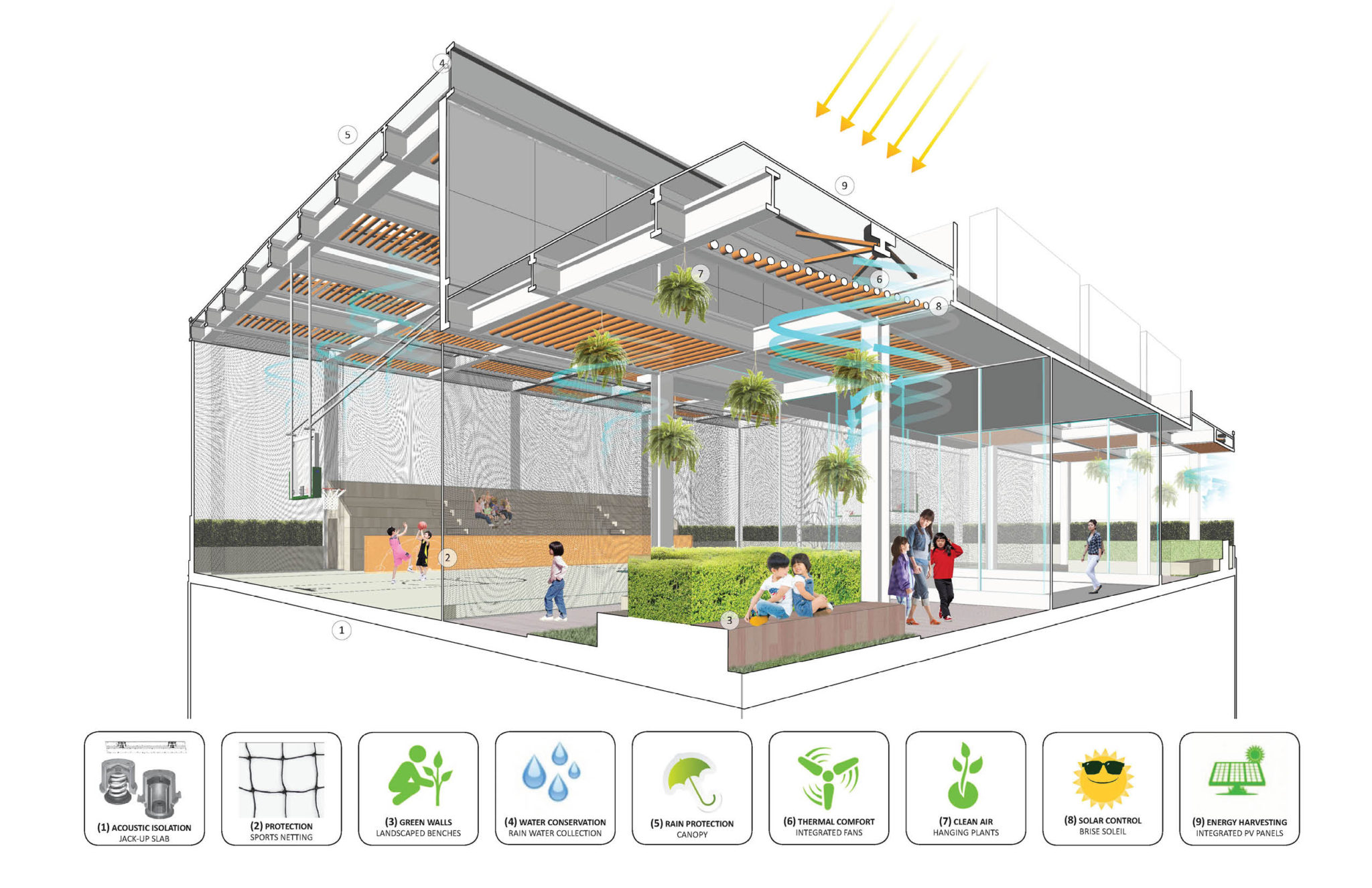 Image © Efficiency Lab for Architecture
Image © Efficiency Lab for Architecture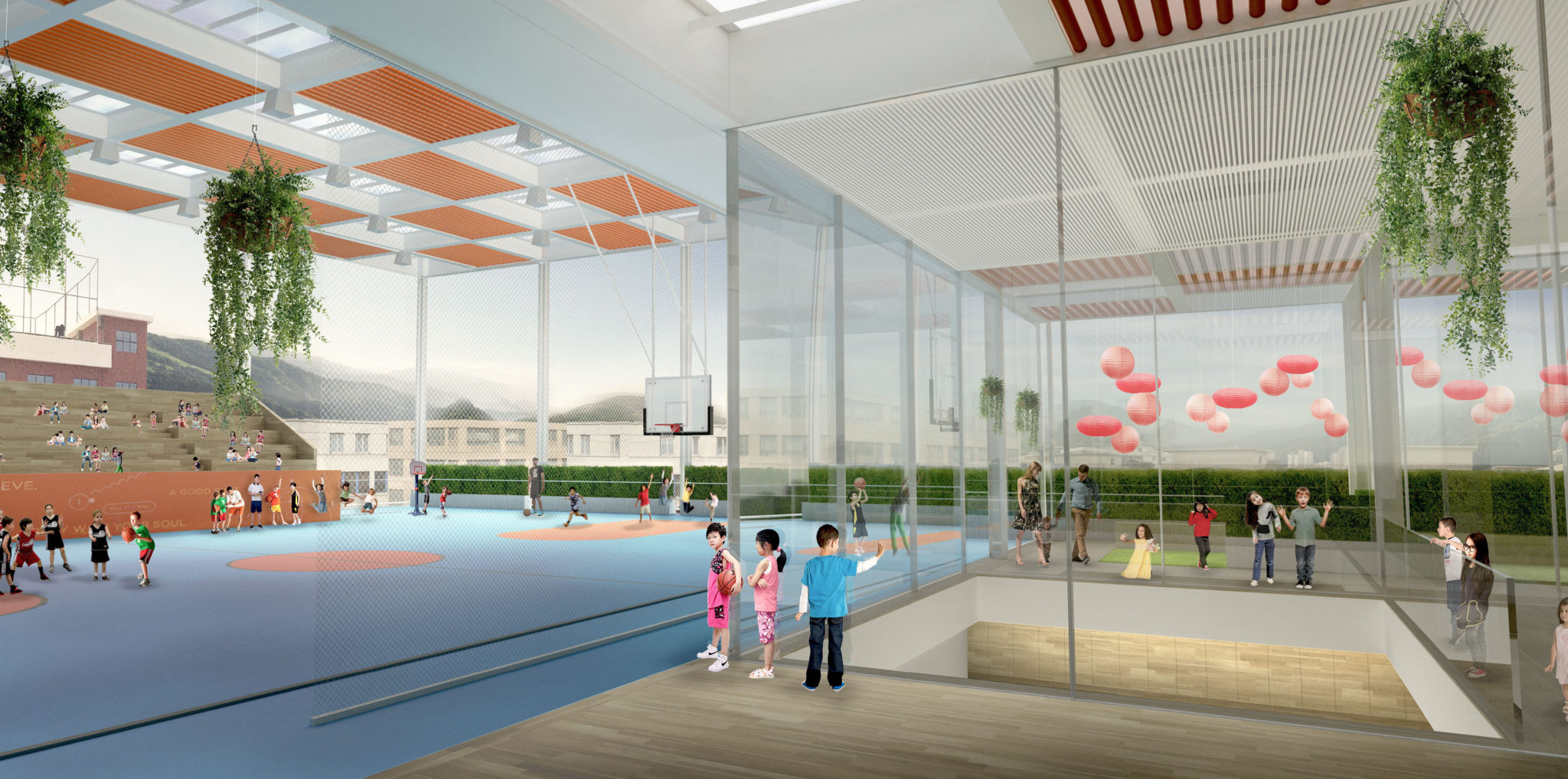 Image © Efficiency Lab for Architecture
Image © Efficiency Lab for Architecture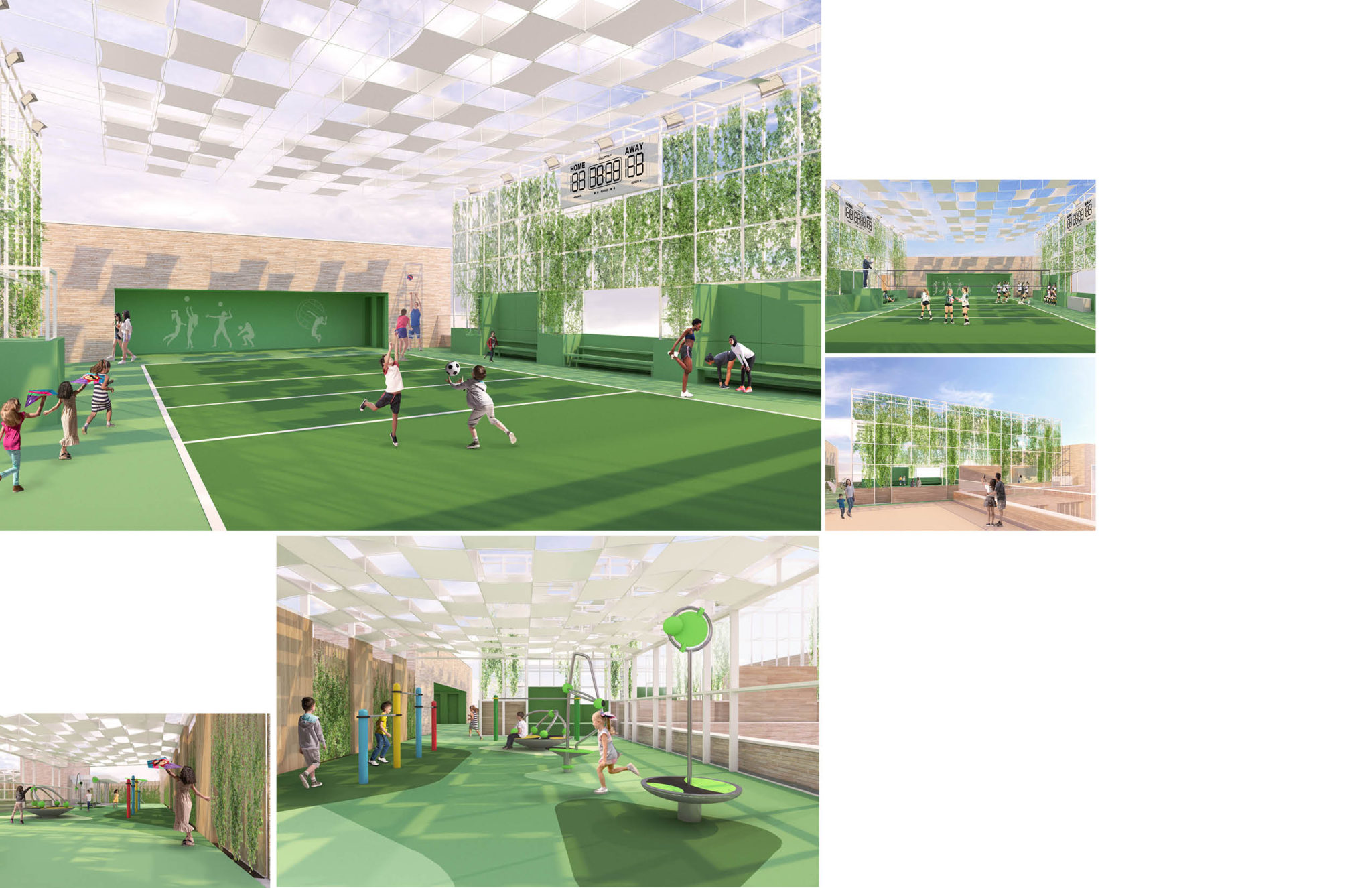 Image © Efficiency Lab for Architecture
Image © Efficiency Lab for ArchitectureThe subtropical climate of Shenzhen creates pleasant conditions to be outdoors. However, certain months during the school year, the hot and humid days need to be mitigated, so that the usage of outdoor spaces can be extended throughout. The project offers a series of environmental mediators throughout the campus.
The canopy structure over the Early Learning Center provides rain and sun protection, while collecting the water and harvesting the solar energy with integrated PV panels. The ceiling fans encourage the air flow, to help mitigate the thermal comfort in humid days, and the strategically located landscape elements throughout create a pleasant outdoor environment, as they help improve the air quality.
Canopies integrated with landscaping are used on all roof terraces across the campus, creating comfortable outdoor play areas.
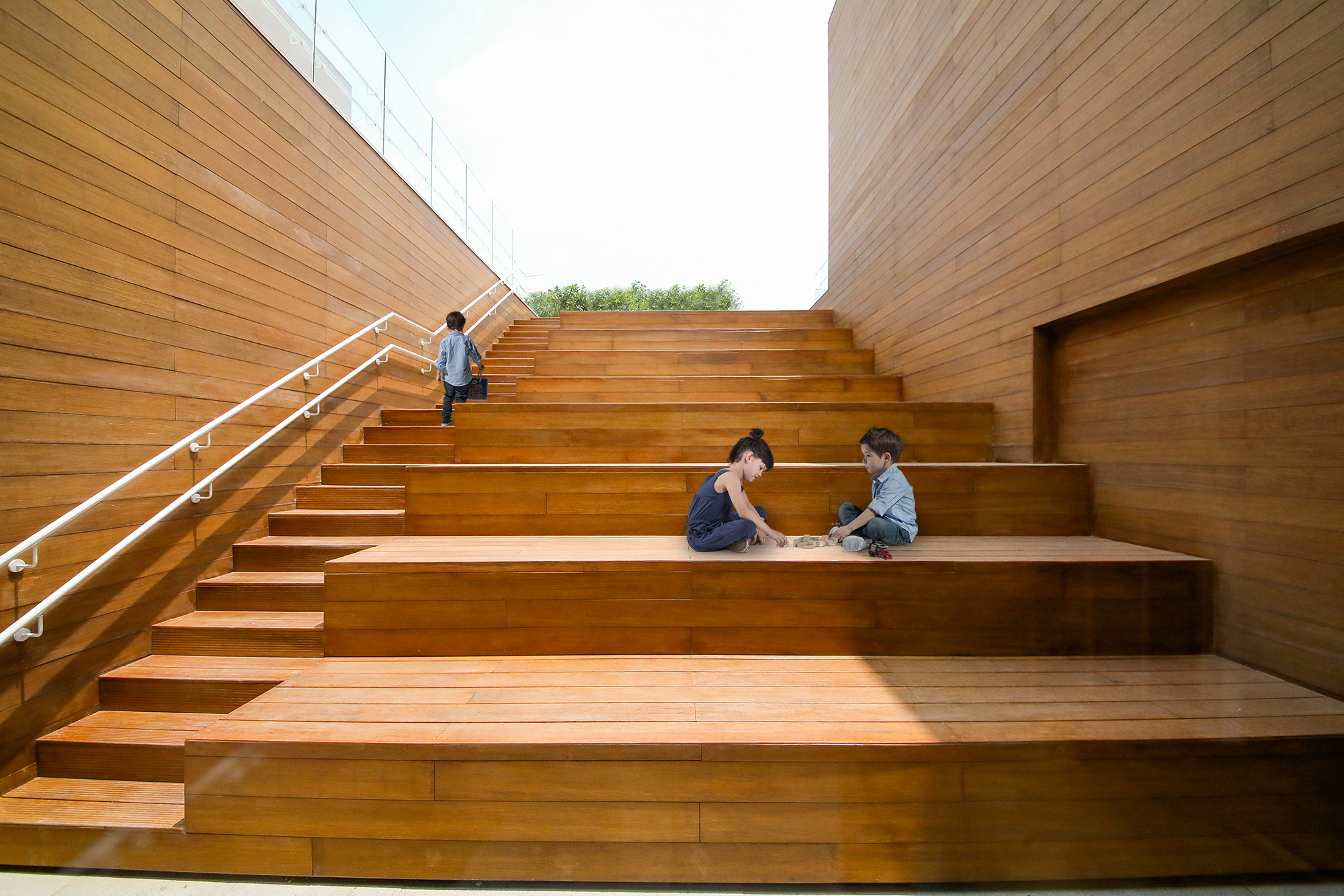 Photo © Zheng Chao
Photo © Zheng Chao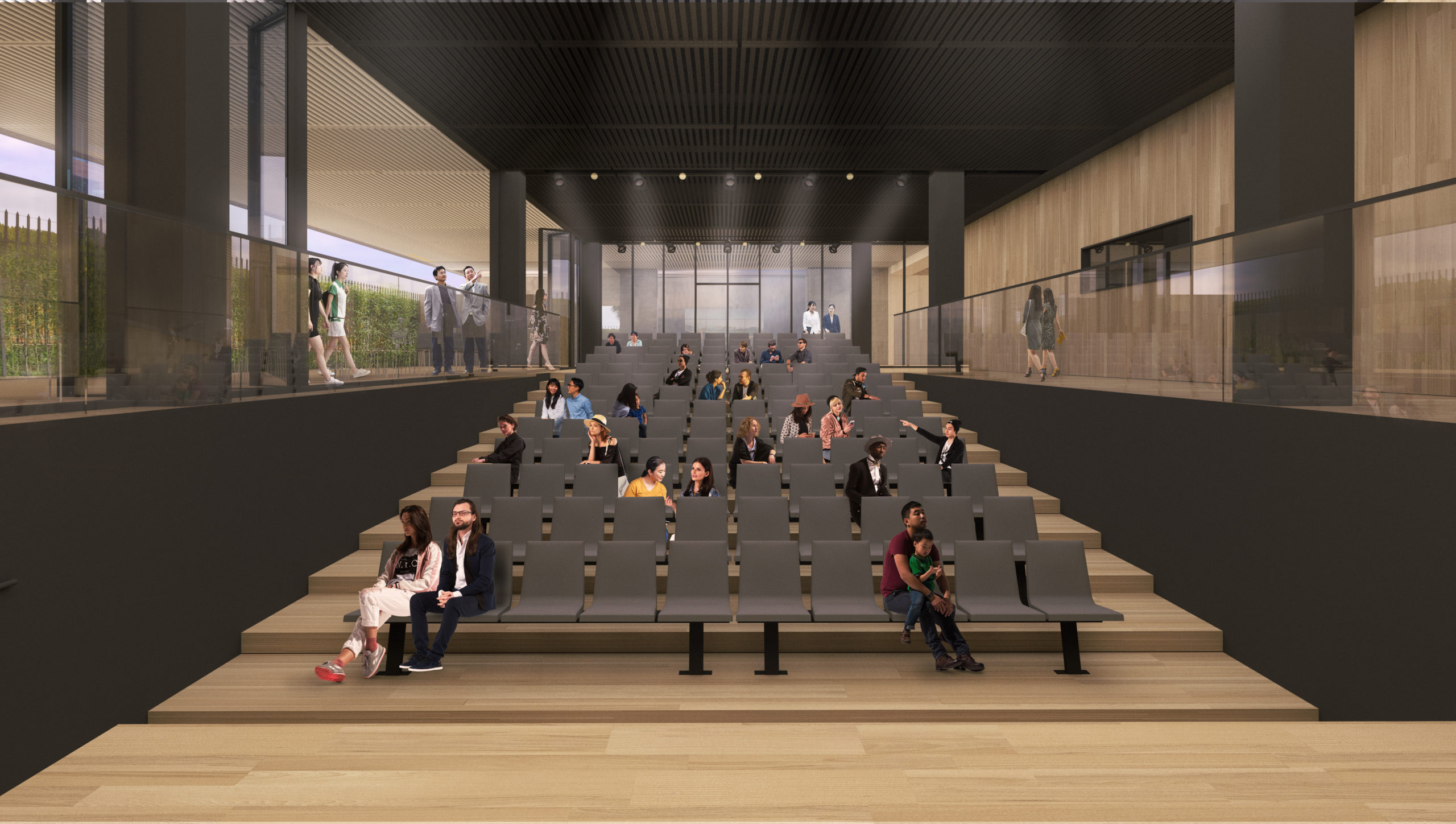 Image © Efficiency Lab for Architecture
Image © Efficiency Lab for ArchitectureMulti-functional tiered seating creates important nodal points in the campus, as forums. They are located both in exterior and interior areas of the school, becoming places of assembly.
This 120-person auditorium, located at the ground floor, has retractable glass walls on two sides, blending the interior and exterior spaces. When the glass is retracted, the outdoor patio becomes a mezzanine level to the auditorium, inviting in a larger audience.
CREDITS: Masterplan: Efficiency Lab for Architecture PLLC; Design Architect: Efficiency Lab for Architecture PLLC; Interior Design: Efficiency Lab for Architecture PLLC; Local Design Coordination: WAY Design; Local Design Institute: CCDI; Local Planning Institute: Shenzhen Urban Planning Institute










